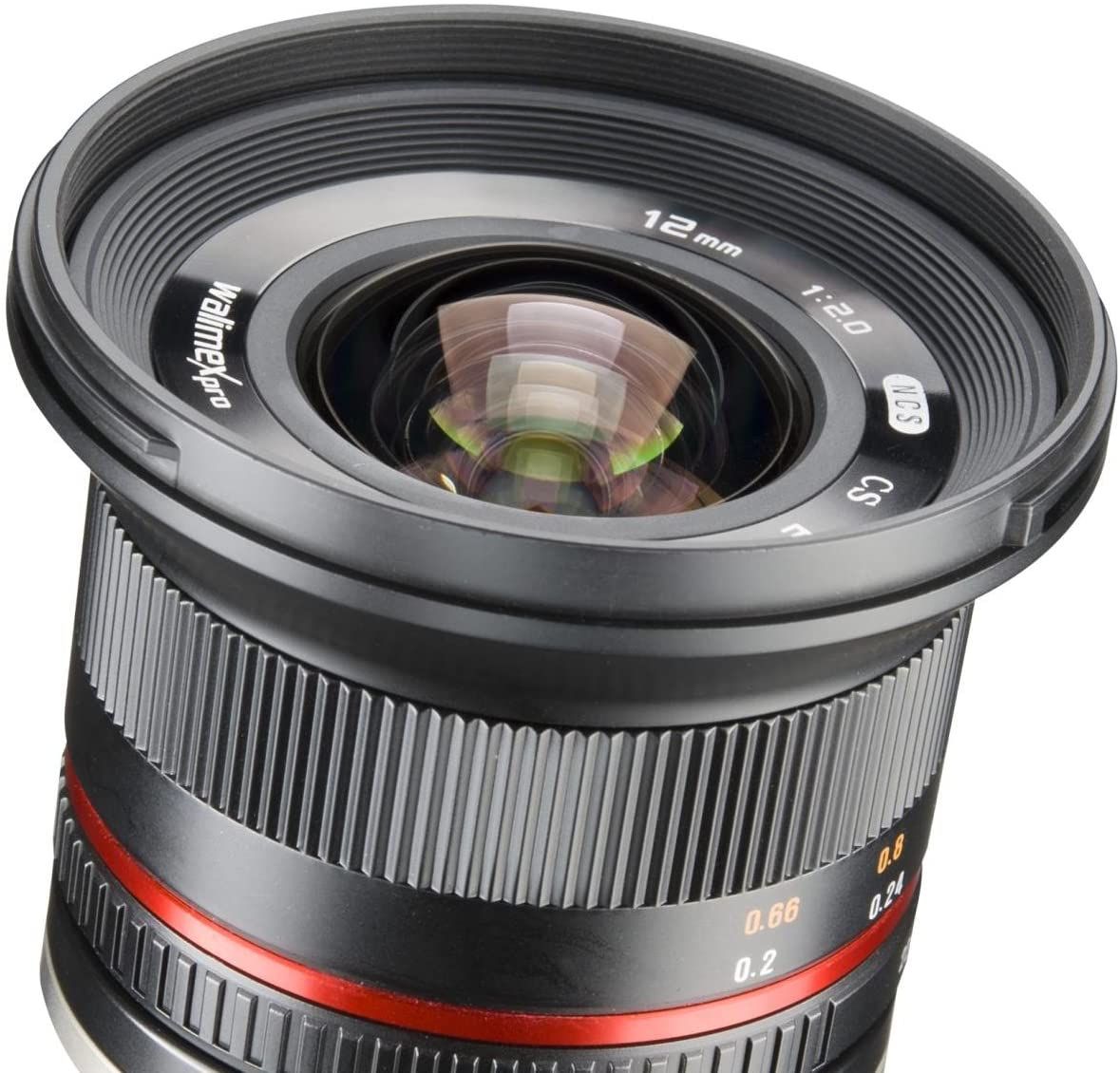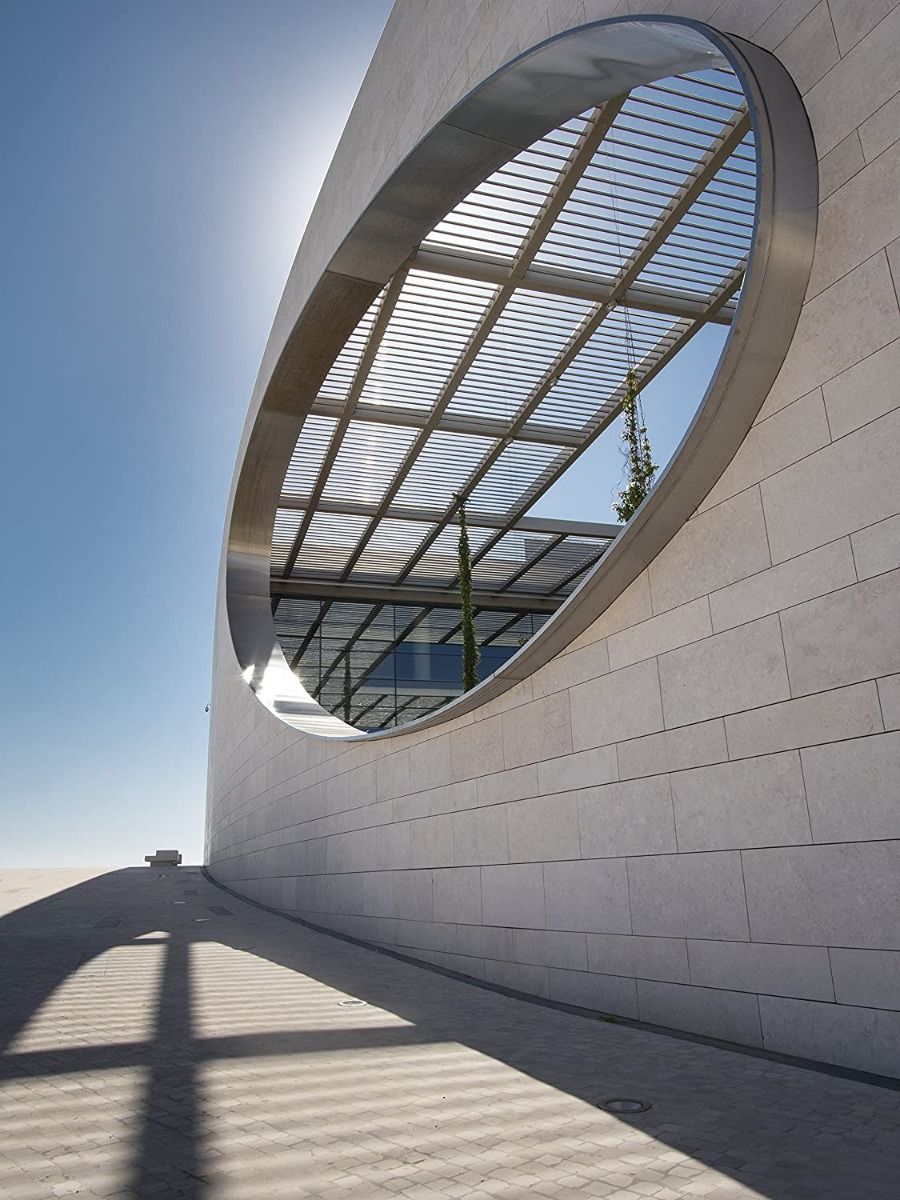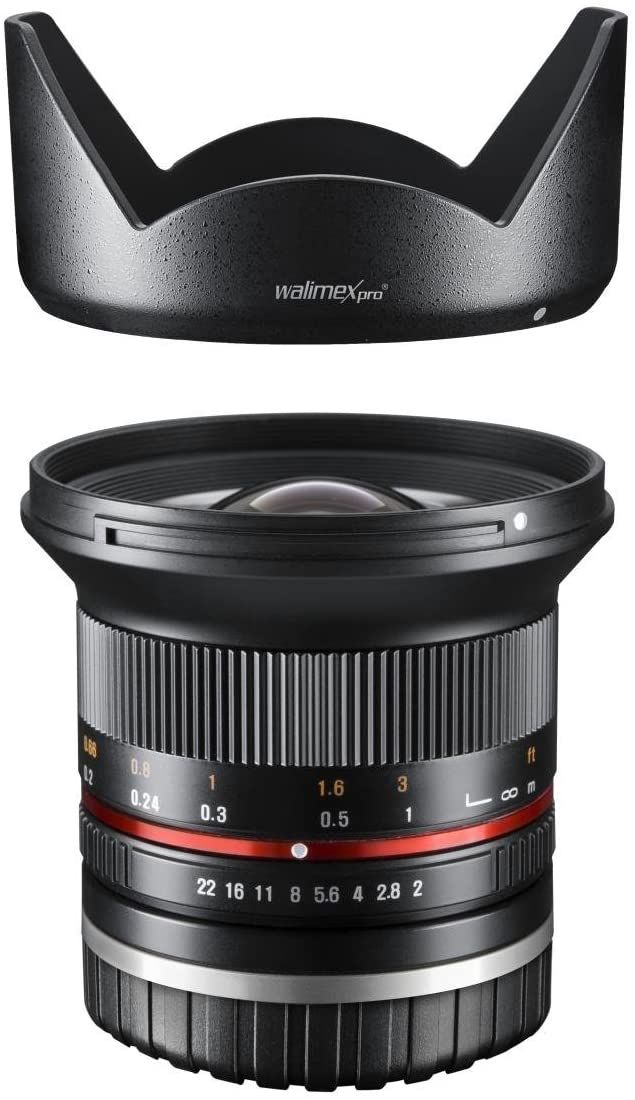Product Description
Walimex Pro 12mm F2.0 CSC Wide Angle Lens - Sony E-Mount (Black)
The Walimex Pro 12mm F2.0 CSC Lens for Sony E-mount is a lightweight and compact wide-angle lens designed for system cameras. With its bright aperture, high-quality optical design, and robust build, it is ideal for landscape, architecture, artistic, and nude photography.
Key Features
Wide-Angle Versatility
- 12mm Focal Length: Offers an ultra-wide field of view, perfect for expressive landscapes, architectural shots, and creative compositions.
- Large Aperture (f/2.0): Excellent for low-light photography, enabling faster shutter speeds and beautifully blurred backgrounds.
Superior Optical Quality
- 12 Multi-Coated Glass Elements: Reduces reflections, enhances contrast, and delivers vivid colours.
- Nano Coating Technology: Minimises reflections for increased light transmission and image clarity.
- Aspherical and ED Elements: Two aspherical lenses correct spherical aberrations, while one ED (Extra-Low Dispersion) lens reduces chromatic aberrations for sharper, more accurate images.
Close Focusing Capability
- Minimum Focus Distance of 20cm: Enables detailed close-ups, making the lens versatile for various shooting styles.
Manual Operation for Creative Control
- Manual Focus and Aperture Settings: Allows precise adjustments, providing greater creative freedom.
Lightweight and Compact Design
- Compact Build: Ideal for system cameras, ensuring portability without compromising performance.
- Robust Metal Housing: Ensures durability and reliability for professional use.
- Lightweight: Easy to handle during long shooting sessions or travel.
Ideal For
- Landscape Photography: Capture sweeping vistas with wide-angle clarity.
- Architectural Photography: Emphasise lines and symmetry with precision.
- Artistic Photography: Create unique perspectives with the ultra-wide focal length.
- Nude Photography: Utilise the lens’s wide aperture for stunning depth and light effects.
Specifications
- Focal Length: 12mm
- Maximum Aperture: f/2.0
- Minimum Focus Distance: 20cm
- Lens Elements: 12 multi-coated elements, including 2 aspherical and 1 ED element
- Mount: Sony E-Mount
- Weight: Lightweight and compact for portability
Included in the Box
- Walimex Pro 12mm F2.0 Lens (Black)
- Protection Cap
- Lens Pouch
Why Choose the Walimex Pro 12mm F2.0 CSC Lens?
- Exceptional image quality with advanced coatings and premium optics.
- Versatile wide-angle performance for various photography genres.
- Compact and robust design, perfect for on-the-go photographers.
Order Your Walimex Pro 12mm F2.0 Lens Today
Unlock your creative potential with the Walimex Pro 12mm F2.0 Wide-Angle Lens for Sony E-Mount. With its superb optical quality and lightweight design, this lens is a must-have for any photographer seeking professional results. Capture stunning visuals effortlessly!
Payment & Security
Your payment information is processed securely. We do not store credit card details nor have access to your credit card information.






















